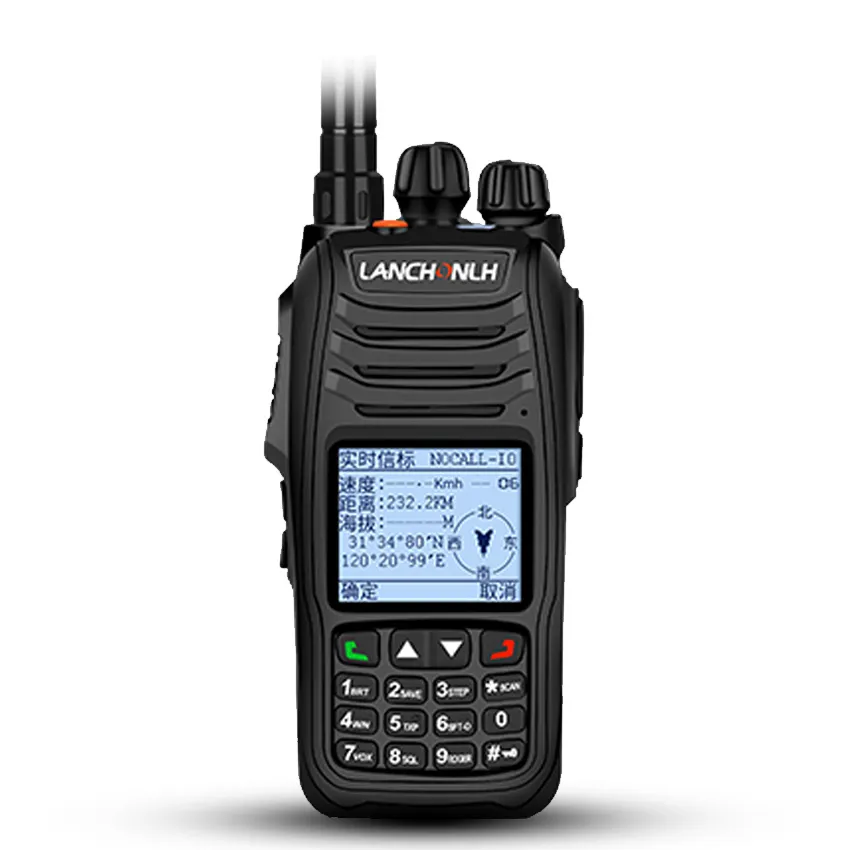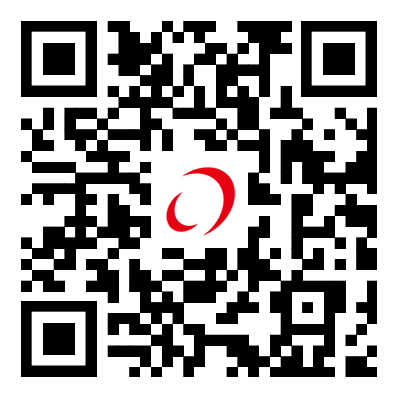
- English
- Español
- Português
- русский
- Français
- 日本語
- Deutsch
- tiếng Việt
- Italiano
- Nederlands
- ภาษาไทย
- Polski
- 한국어
- Svenska
- magyar
- Malay
- বাংলা ভাষার
- Dansk
- Suomi
- हिन्दी
- Pilipino
- Türkçe
- Gaeilge
- العربية
- Indonesia
- Norsk
- تمل
- český
- ελληνικά
- український
- Javanese
- فارسی
- தமிழ்
- తెలుగు
- नेपाली
- Burmese
- български
- ລາວ
- Latine
- Қазақша
- Euskal
- Azərbaycan
- Slovenský jazyk
- Македонски
- Lietuvos
- Eesti Keel
- Română
- Slovenski
- मराठी
- Srpski језик
What is a Walkie-Talkie Actually Called?
2024-09-09
The walkie-talkie, more formally known as a handheld transceiver (HT), is a handheld, portable, two-way radio transceiver that has been a staple of communication for decades. Its name, "walkie-talkie," is a colloquial term that has become synonymous with the device, but many people may not know its formal name or the history behind its development.
At its core, a walkie-talkie is a type of radio that allows for the transmission and reception of voice and other signals over a specified frequency. Unlike traditional radios, which are typically one-way devices that receive broadcasts from a central source, walkie-talkies allow for two-way communication between users who are within range of each other's signals.
The development of the walkie-talkie can be traced back to the Second World War, when the need for efficient communication between military personnel on the battlefield became increasingly important. While the exact origins of the device are debated, many credit the invention to Donald Hings or radio engineer Alfred J. Sawyer, who were both involved in the development of portable communication devices during the war.
Regardless of who is credited with its invention, the walkie-talkie quickly became an indispensable tool for military personnel, allowing them to communicate quickly and effectively in a wide range of environments. Its portability and ease of use made it a popular choice for soldiers, pilots, and other personnel who needed to stay in touch while on the move.
Today, walkie-talkies are used in a wide range of applications beyond the military. They are popular among hikers, skiers, and other outdoor enthusiasts who need to stay in touch with their companions while exploring remote areas. They are also used by security personnel, emergency responders, and other professionals who need to communicate quickly and reliably in challenging environments.
In addition to its traditional uses, walkie-talkies have also been adapted for use in a variety of other contexts. For example, they are often used in theater and film production to allow for quick and easy communication between cast and crew members. They are also used in schools and other educational settings as a tool for promoting communication and collaboration among students.




